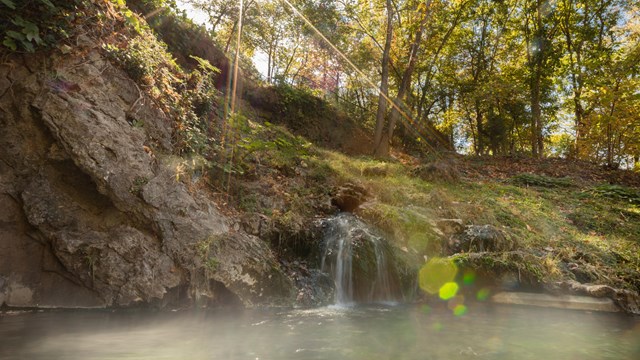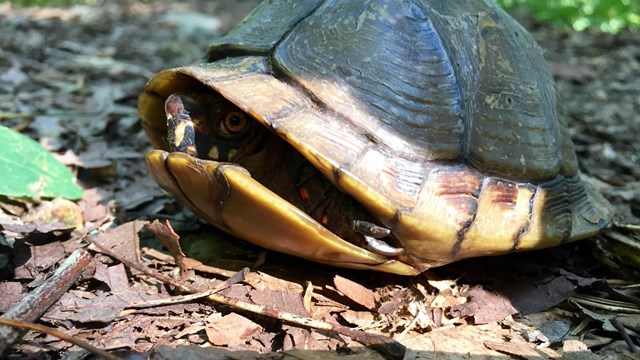The Role of InsectsDid you know that Insects are the most diverse group of animal on Earth and account for more than half of all described species worldwide? They play a vital role in our ecosystems. Bees, flies, and other insects function as pollinators; others, such as beetles, break down dead plant and animal matter; still others, such as mosquitoes, serve as food for bats and other hungry creatures.In ArkansasIt is estimated that roughly 35,000 to 40,000 different insect species live in the state of Arkansas, including 10,000 species of beetles, 9,000 species of flies, 8,000 species of bees and wasps, and around 5,000 species of moths and butterflies. This rich diversity is the result of a varied topography and favorable climates across the state.The Arkansas Ouachita and Ozark mountains are home to many endemic species, which can only be found in this region and nowhere else on Earth. More than thirty have been documented, and new ones are added to the list frequently. At the ParkInsects, spiders, and bugs make up the dominant form of life in the park. As the weather changes, so do our insect populations. In the spring, keep an eye out for caterpillars, Luna moths, and fireflies. In the summer, expect to find more mosquitoes (and bats).As you explore the trails of Hot Springs National Park, keep an eye out for any insects you might find! 
Nature & Science
Learn more about the thermal springs, wildlife, plants, fire management practices and more at Hot Springs National Park. 
Animals
Learn about the wildlife in the Park. |
Last updated: June 19, 2020
